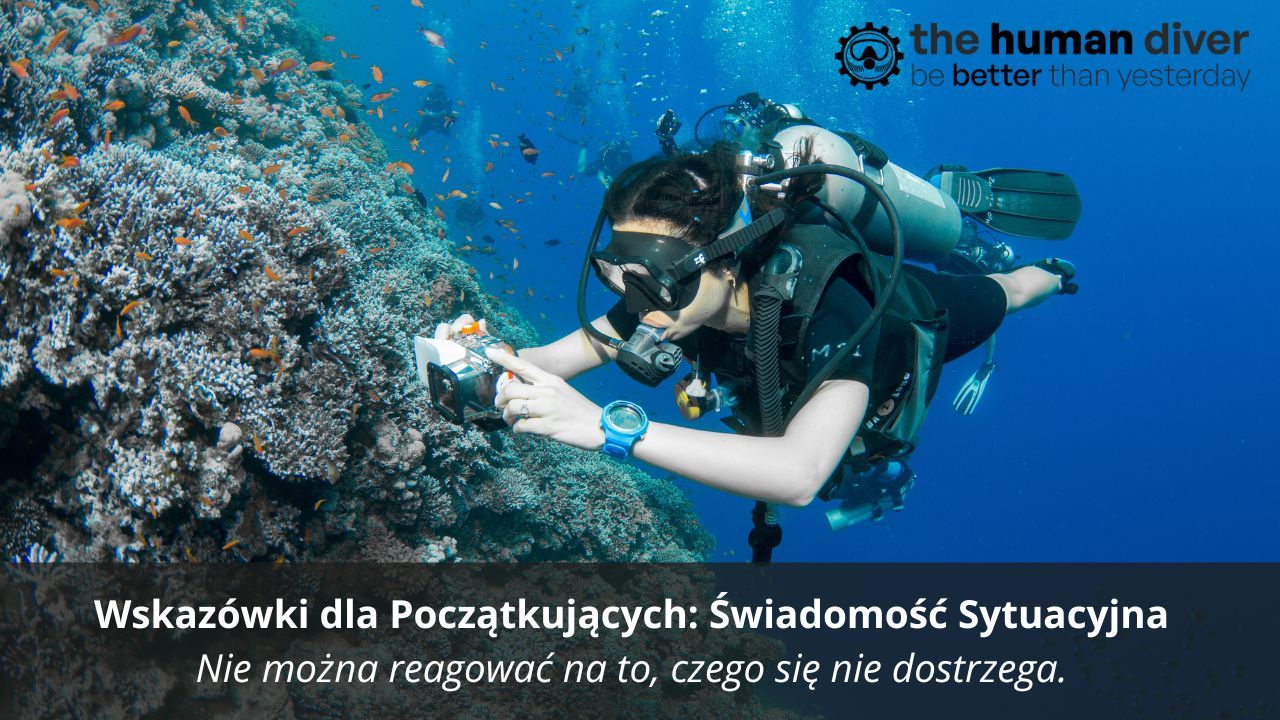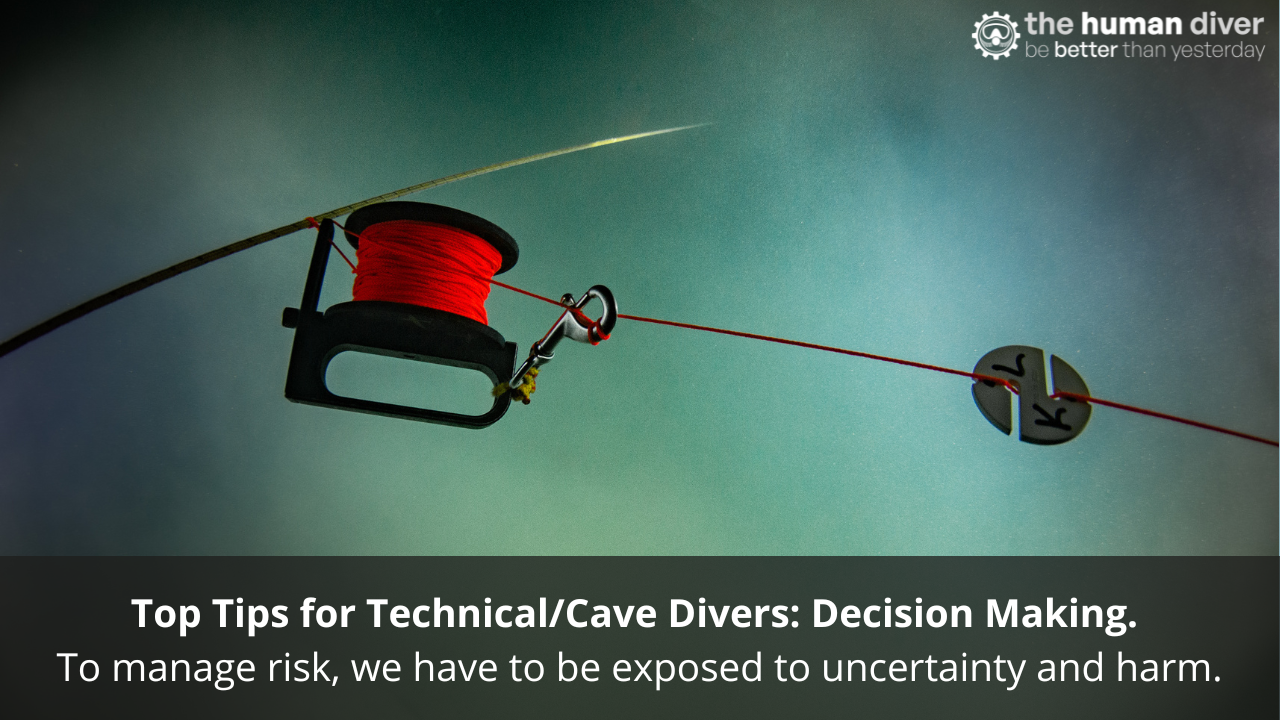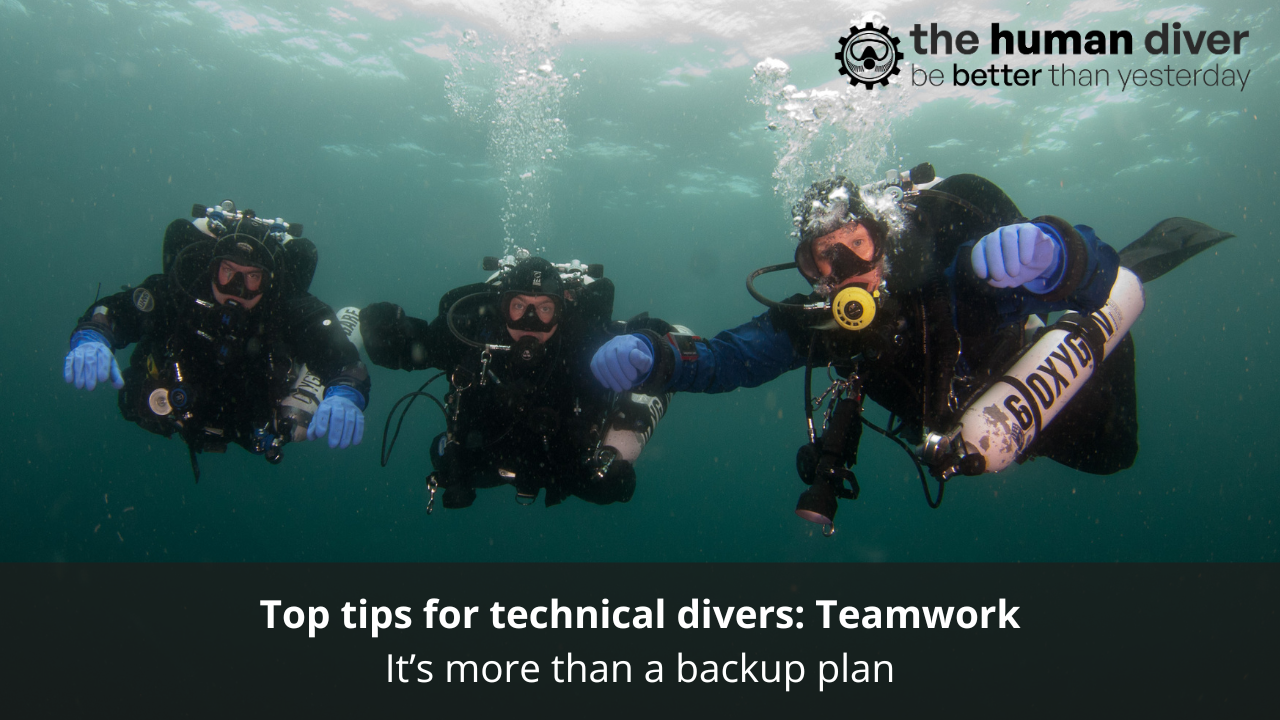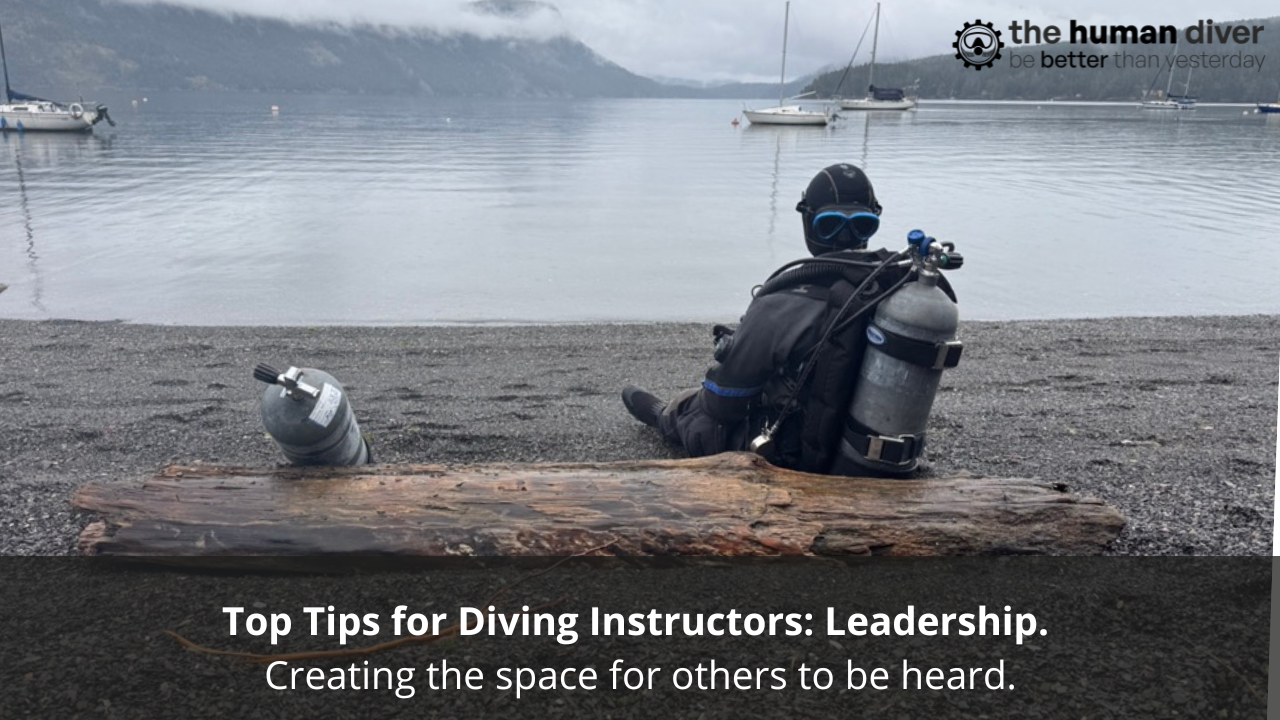
Change is difficult- consider the opposite
Aug 16, 2023One of the most contentious issues in diving is the half turn back (of the tank valve). A popular Facebook group had a discussion recently with over 70 comments in reply, ranging from "Always- it just lets me know" to "Don’t do it!!!" to "I back it off the hard stop when open but only a teeny bit." Other popular arguments are learning neutrally buoyant vs on your knees, using a backplate and wing vs BCD or long hose vs octopus/short hose. For decades we as scuba divers have been learning on our knees, in our BCDs and with an octopus with our tank valves turned back half a turn. And many instructors are still teaching that way and turning out what they consider to be perfectly competent students. So why bother changing?

When we learnt to dive we were taught in the way our instructor found most suitable/ easiest/safest/had been taught to teach (delete as appropriate). Depending on how long ago that was, you may have had days or decades of reinforcement of the techniques that you learnt. You may even have changed how you do things, or the way you teach. However, that initial step generally stays with us for longer than we perhaps realise. It’s a bit like a story passed down through generations. The chapters of the story become traditions. That’s a result of anchoring bias, which means we tend to rely heavily on the first piece of information we receive, or the first technique we learn. So when an instructor teaches a student to turn the valve back half a turn (even if no reason is given), the student will do that. If they continue on to become an instructor, unless they’ve had a compelling reason to do otherwise, they will also teach their students to turn the valve back half a turn. This then continues on, even when the practise is no longer needed due to changing materials and equipment.
Anchoring bias isn't exclusive to diving; it influences various domains, from shopping choices to legal judgments. The impact of anchoring is profound in product perception – how customers assess an item's value and compare it to alternatives. Pricing strategies exemplify this bias – if a customer encounters a product at its original price before seeing a discount, they perceive the discount as more appealing. Conversely, if they see the discounted price first, the original price seems unreasonably high. This phenomenon demonstrates how the anchor skews our perception of value.

The anchoring bias finds its roots in psychology, deeply ingrained in our cognitive processes. Research demonstrates that we can become anchored to irrelevant values or information, showcasing the bias's resilience. Our cognitive mechanisms work in mysterious ways – the bias even persists when anchors are randomly generated, highlighting the complexity of human decision-making.
So how do we change? The first way is to question what you know and what you’re being taught. If someone can give a strong reason as to why something is done, that usually means they’ve thought about why they’re doing it. The other technique is known as “consider-the-opposite”. If someone is telling you why one way is so good and you are aware of another, then consider why the other way may also be good. By doing this we reduce the effect of the anchoring bias and allow ourselves to think more logically about the pros and cons of both ways.
This also works when we’re looking at incidents or accidents that have happened. Rather than looking at what someone has done wrong, instead try to find reasons why what they did would have made sense to them at the time. This perspective can provide valuable insights into their actions which others can learn from; this reduces the chance that they will make the same mistakes.
It’s always worth exploring new ideas. The clash between old traditions and fresh approaches happens everywhere, if we at least consider new ways we might find something better. The best way to learn is to question why things are done a certain way and if we hear about another way thinking about why this might be better. And when it comes to accidents and incidents, figuring out how it made sense rather than just listing everything the person did wrong will give everyone far more to learn from.

Jenny is a full-time technical diving instructor and safety diver. Prior to diving, she worked in outdoor education for 10 years teaching rock climbing, white water kayaking and canoeing, sailing, skiing, caving and cycling, among other sports. Her interest in team development started with outdoor education, using it as a tool to help people learn more about communication, planning and teamwork.
Since 2009 she has lived in Dahab, Egypt teaching SCUBA diving. She is now a technical instructor trainer for TDI, advanced trimix instructor, advanced mixed gas CCR diver and helitrox CCR instructor.
Jenny has supported a number of deep dives as part of H2O divers dive team and works as a safety diver in the media industry.
If you'd like to deepen your diving experience, consider taking the online introduction course which will change your attitude towards diving because safety is your perception, visit the website.
Want to learn more about this article or have questions? Contact us.










